Mythical creature, dinosaur that time forgot, or complete hoax? Here’s what we really know about Nessie, the Loch Ness Monster.
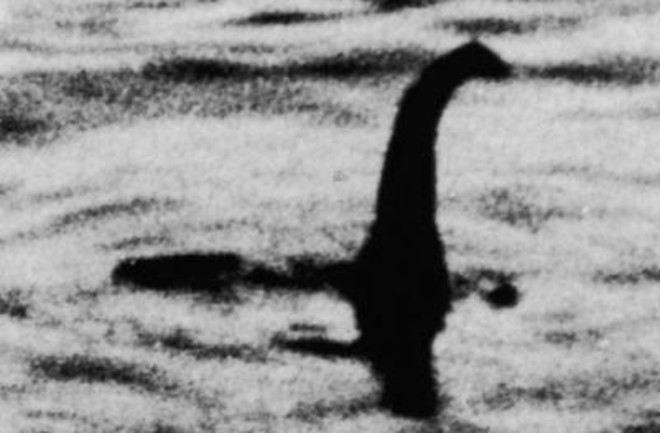
The Surgeon’s Photograph: Famous 1934 photo purported to be the Loch Ness Monster. Real or hoax? (Credit: Public domain/Wikimedia Commons)
In any list of famous cryptids, you’ll find Bigfoot, of course, the Abominable Snowman/Yeti, or even the Chupacabra. But one name that always ends up near the top is the Loch Ness Monster — or Nessie, as it’s known to its friends.
For at least 1,500 years, the monster has been a part of local legend and achieved international fame in the last century or so, with hundreds of sightings reported down through the decades. But what is the Loch Ness Monster? Is there any chance it could be real, and if so, what does it look like? Let’s take a deep dive into the myths and mysteries of the Loch Ness Monster.
Where Is the Loch Ness Monster?
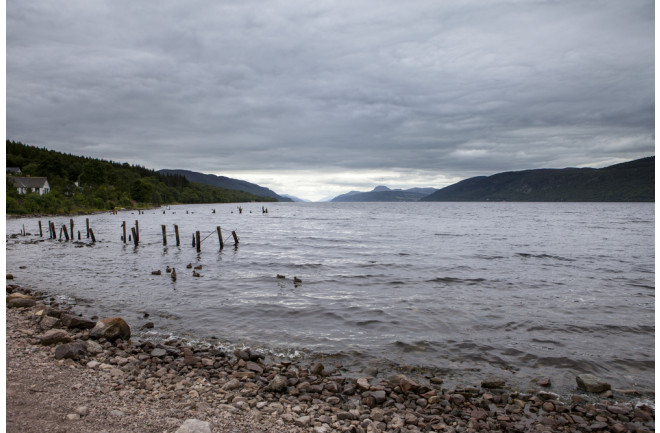
Loch Ness in central Scotland, beautiful, gloomy, and mysterious. (Credit: Mmartin/Shutterstock)
As the name suggests, the creature (or creatures) is said to inhabit Loch Ness in Scotland (“loch” is the Scottish Gaelic word for a body of water, typically a lake). And almost no loch is bigger or more majestic than Loch Ness.
Where Is Loch Ness Located?
With its northern tip located about 8 miles outside the city of Inverness, Loch Ness runs nearly 23 miles long, nearly 2 miles wide at its widest point, and is almost 800 feet deep. It contains the largest volume of fresh water in the United Kingdom — 263 billion cubic feet, supposedly more than all the lakes in England and Wales combined. Loch Ness also connects to various other rivers and lochs, which in turn ultimately lead to the North Sea.
Suffice it to say, that’s a lot of deep, dark water for something big to hide in. This can make any attempt to locate or view the monster particularly challenging — and there have been plenty of ambitious efforts over the years.
When was the First Sighting of the Loch Ness Monster?
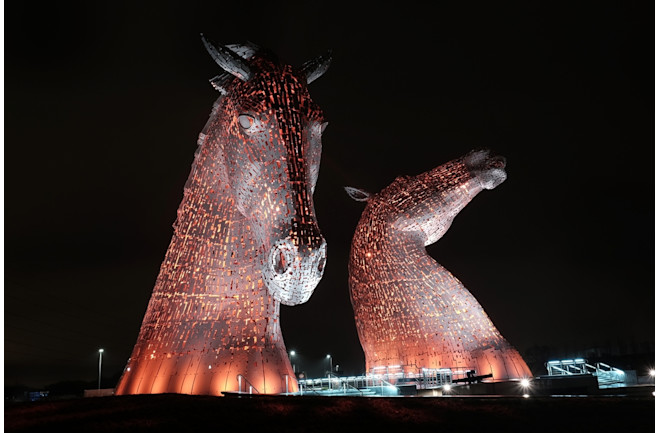
Falkirk Scotland: The Kelpies are 30-meter-high (98 ft) horse-head sculptures depicting kelpies (shape-shifting water spirits). (Credit: Altopix/Shutterstock)
Scottish folklore is particularly rich with tales of mythological aquatic beasties such as kelpies, water horses, and others —supernatural creatures known to inhabit the rivers and lochs of Scotland. Indeed, Loch Ness is hardly the only Scottish body of water believed to harbor a monster; it just happens to be the most famous.
St. Columba and the Loch Ness Monster
The earliest tale associated with Nessie involves St. Columba, a 6th-century Irish missionary who traveled to Scotland to convert the pagan populations to Christianity. As saints go, Columba was famous for performing many miracles, but one incident in particular grabbed the later attention of Nessie hunters.
In 565 C.E., according to an early biography of Columba, the saint and his companions encountered a “water beast” in the River Ness, which flows from Loch Ness. The massive creature had already attacked and killed one man swimming in the river. In some versions of the account, Columba raised the luckless swimmer from the dead. Then, for an encore miracle, he sent one of his friends into the river.
That intrepid fellow immediately attracted the attention of the creature, which swam rapidly towards him, mouth wide open. But back on shore, Columba was said to have invoked the power of God and commanded the creature not to attack his friend. The monster retreated instantly, disappearing into the depths. The locals were so impressed, Columba had little trouble converting them to his faith.
Although many folklorists and historians believe this story belongs to the older tradition of kelpie and water horse legends, accounts of Loch Ness’s cryptid continued to pop up in history, with various sightings being reported over the centuries.
What Does the Loch Ness Monster Look Like?

3D Rendering of Nessie, the famed lake monster, rearing out of the waters of the lake. A castle sits on the shores of Scotland behind it. (Credit: Daniel Eskridge/Shutterstock)
However, Nessie really made a splash in the wider world in 1933, when several sensational sightings were reported in local papers. One witness claimed to see a large, whale-like creature rolling in the water. Another witness claimed the monster had an eel-like body, but bigger than any eel ever known. Yet another sighting, this time out of the water, reported the creature as looking like a “dragon or prehistoric monster” with flippers or feet that allowed it to lumber across a road before crashing through the underbrush and into the loch.
Famous Photos of Nessie
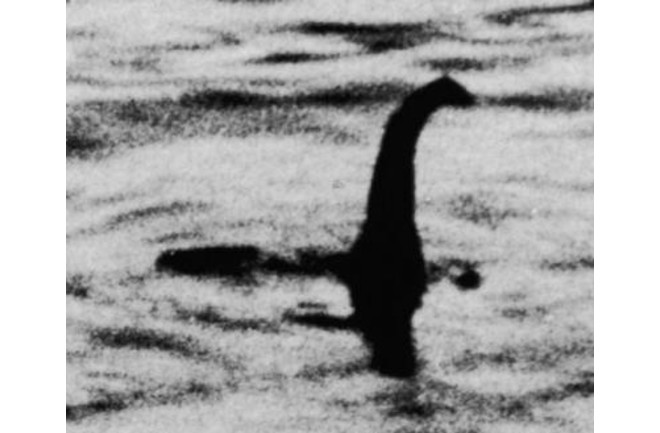
The Surgeon’s Photograph: Famous 1934 photo purported to be the Loch Ness Monster. Real or hoax? (Credit: Public domain/Wikimedia Commons)
One man even produced a grainy black-and-white photo of a large creature thrashing a massive tail and churning up the water. Other photos would follow including one of the most famous, taken in 1934, of a long-necked monster emerging from the water. From then on, Nessie would become an international celebrity, even if no one could quite agree on what exactly the creature was.
How Big Is the Loch Ness Monster?

How big is the Loch Ness Monster supposed to be? (Lubomira08/Shutterstock)
As you can see, early descriptions varied widely, and so did estimates of the size of the beast. Some described the monster as being the size of a small boat; others compared it in size to a horse. Some said the monster was about 8 feet long; others claimed it was more than 20 feet. It hardly sounds like the various accounts were describing the same creature, which of course has led some believers to contend that there may be more than one monster in the loch, perhaps an adult and a juvenile, or even a group of some exotic, long-forgotten species.
Eventually, over 90+ years and roughly 1,000 or more reported sightings, the consensus among most believers is that the Loch Ness Monster is a marine animal with a small head and a very long neck (perhaps as much as 10 feet), with flippers and a hump (or two) on its back. Estimates these days tend to put Nessie’s overall body size at around 4 or 5 feet high with a length of about 25 feet.
Is the Loch Ness Monster a Dinosaur?
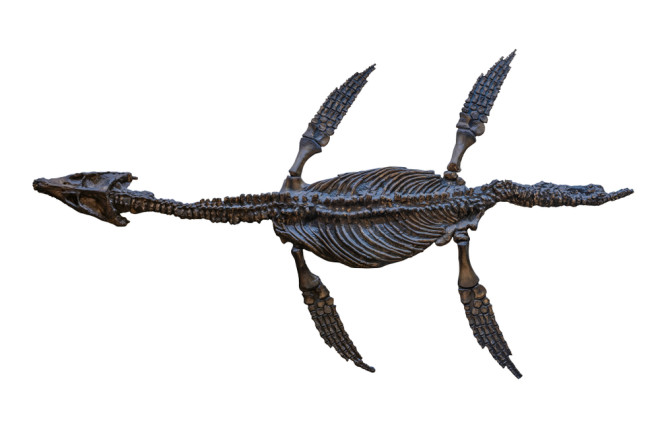
Is Nessie a descendant of this dinosaur? (Credit:Aranami/Shutterstock)
At that size and with those features, it was no great leap for some monster hunters to suggest that Nessie looked a lot like a dinosaur — specifically a plesiosaur, a prehistoric marine reptile that lived in the Earth’s oceans as long as 200 million years ago, becoming extinct by about 65 million years ago.
Originally thought to be saltwater animals only, recent research indicates that some plesiosaurs could live in freshwater environments (like Loch Ness). This has only added to the conviction that Nessie is either some surviving example of plesiosaur or a heretofore unknown species descended from those early dinosaurs.
Is the Loch Ness Monster an Eel?
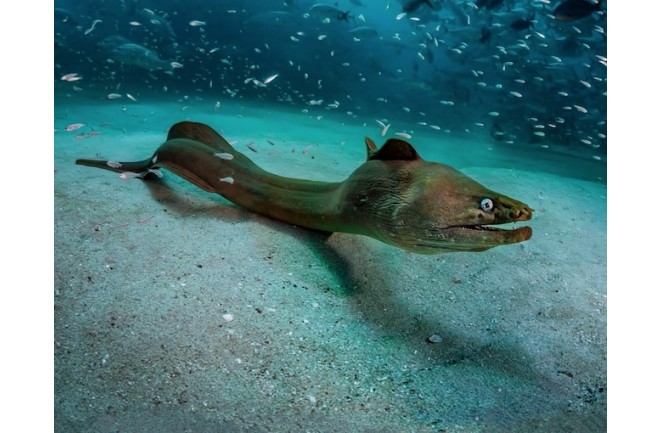
Could the Loch Ness Monster just be a really big eel? (Credit: Vladimir Turkenich/Shutterstock)
Some cryptid hunters, however, still maintain that Nessie is a massive eel, as a few early eyewitness accounts maintained. This theory got an unexpected boost of scientific support in 2019, when researchers from New Zealand’s University of Otago did a DNA analysis of hundreds of water samples taken at various locations and depths around the loch. They didn’t find any plesiosaur DNA, nor DNA of any large marine animal.
They did, however, find lots of eel DNA, so much so that “… we can’t discount the possibility that what people see and believe is the Loch Ness Monster might be a giant eel,” said research leader Neil Gemmell, a professor of anatomy at Otago, when he announced the team’s findings at a press conference.
Could the Loch Ness Monster Be Real?
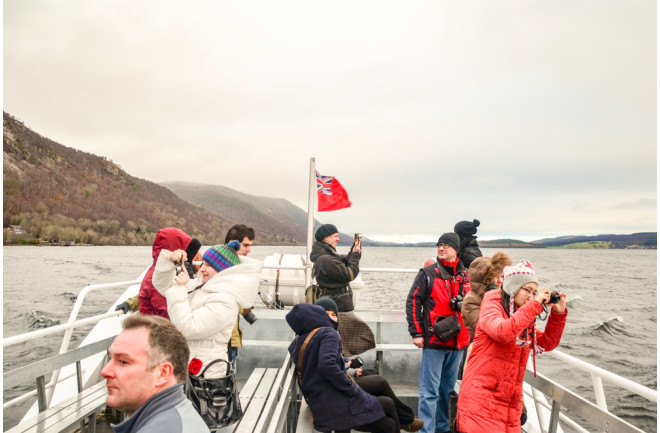
Loch Ness: International tourists taking pictures on tour cruise on the famous Loch Ness in the Scottish Highlands on a cloudy winter day. (Credit: Doublelee/Shutterstock)
Monster hunters, cryptozoologists and, as we’ve seen, even a few open-minded scientists have journeyed to Loch Ness year after year, hunting for clues or simply hoping to catch a glimpse of something.
Photos of mysterious objects in the loch still make the news — at least in tabloids. In August 2023, the biggest search in more than 50 years was organized by the Loch Ness Centre. The effort attracted hundreds of volunteers, bringing with them drones, infrared scanners, and other devices that they hoped would finally provide conclusive evidence of the beast.
And yet, after all this time, hard proof of the existence of the Loch Ness Monster remains as elusive as Nessie itself. Despite all of the technology at their disposal, those hundreds of searchers last August reported little more than “sightings” of a few shadows in the water, and some equally vague and inconclusive underwater noises.
Debunking the Eel Theory
Meanwhile, fans of the giant-eel theory suffered a setback when a recent study debunked that notion. While there may indeed be large eels in Loch Ness, it would be highly unlikely that they’d be any longer than a few feet in length — nothing close to the 25-foot lengths that some Nessie spotters have described.
Speaking of size, despite the vastness of Loch Ness, scientists have determined that it’s still not big enough to accommodate the dietary needs of a dinosaur-sized creature. Nor have any bones or fossils of such an outsized animal ever been found, although researchers have searched the bottom of the loch numerous times over the years.
Other basic facts about Loch Ness argue against the presence of the monster. It’s too cold for reptiles and despite a tenuous connection to the North Sea, there’s no plausible way for such a large creature to have migrated from there to the loch, even in prehistoric times (in fact, especially in prehistoric times, since most of Scotland was covered in ice and all of its lochs would have been frozen solid).
Are the Photos of Nessie Real?
But what about the photos? Alas, even some of the most cherished “evidence” of the monster has proven over time to be suspect. That iconic 1934 image, for example, was eventually revealed as a hoax.
Nevertheless, despite the lack of proof — or maybe because of it — interest in the Loch Ness Monster shows no signs of waning. By some estimates, Loch Ness attracts as many as a million visitors to the region every year. And those visitors spend money: According to one analysis in 2018, Nessie accounted for about $52 million in tourism dollars annually.
By that measure, at least, there’s no doubt that the people of Scotland do indeed have a monster on their hands.





